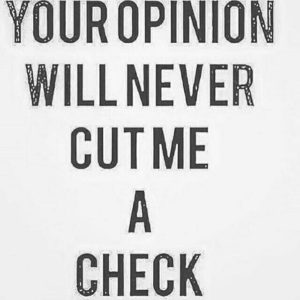Do you ever hesitate to promote yourself to your email list? If you’re concerned that you’re being too salesy by promoting yourself, don’t panic! I learned something very interesting lately that might help you step up and make offers with less fear.
For some quick insight on striking a balance between promoting yourself and offering valuable content, enjoy this video!
 You probably don’t know this, but my sister loves rock climbing and I’ve gone to her climbing gym several times. I always enjoyed the experience, but didn’t actively look for more rocks to climb.
You probably don’t know this, but my sister loves rock climbing and I’ve gone to her climbing gym several times. I always enjoyed the experience, but didn’t actively look for more rocks to climb.

 I bet you send dozens of emails a day, and the majority of them are unimportant. Not unnecessary, just not earth-shatteringly important.
I bet you send dozens of emails a day, and the majority of them are unimportant. Not unnecessary, just not earth-shatteringly important. You don’t need a new certification. You don’t need 2 more years of experience. You don’t need to build a new website.
You don’t need a new certification. You don’t need 2 more years of experience. You don’t need to build a new website. 1. Adopt a philosophy of generosity. Instead of approaching pricing from the mindset of “how much can I get from people,” I highly recommend a different question: “What pricing will make me feel 100% free to generously give to my clients without resentment or feeling like I have to charge extra if I invest a little extra time with them?”
1. Adopt a philosophy of generosity. Instead of approaching pricing from the mindset of “how much can I get from people,” I highly recommend a different question: “What pricing will make me feel 100% free to generously give to my clients without resentment or feeling like I have to charge extra if I invest a little extra time with them?”